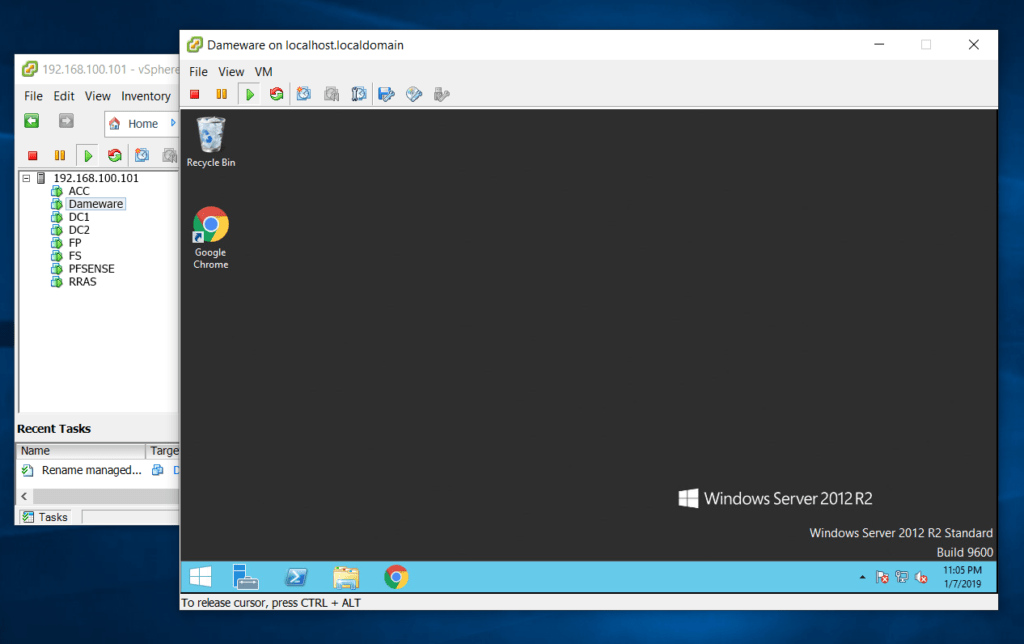

vCenter Server plug-in registration tool that you can use to register your plug-in as a vCenter Server extension.HTML-based plug-ins compatibility - You can ensure that your HTML-based plug-ins are compatible with both, the vSphere Client and the vSphere Web Client, by using relative URLs in your HTML and JavaScript code, and by using webContextPath defined in the web-platform.js JavaScript file.HTML-based portlet support for any Summary view - You can implement HTML-based portlets and display them within an existing Summary view of a vSphere or custom object.The vSphere Client SDK introduces the following features:.
VSPHERE 6.5 WINDOWS CLIENT HOW TO
For more information about how to create HTML plug-ins compatible with the vSphere Client 6.5, refer to vSphere Web Client SDK Documentation. You can use the vSphere Client SDK to extend any existing HTML-based plug-ins or to develop pure HTML5 plug-ins and test them with both the vSphere Web Client and the vSphere Client.


Libraries for server and user interface development.The SDK consists of the following components: You can use the vSphere Client SDK to create HTML plug-ins for the vSphere Client which is an HTML5-based Web application., where the html-client-sdk folder contains the vSphere Client SDK, and the flex-client-sdk folder contains the vSphere Web Client SDK. Vsphere-client-sdk-6.5.0-4584207 vsphere-client-sdk flex-client-sdk html-client-sdk License-Agreement.html When you extract the contents of the vSphere Web Client SDK, you see the following directory structure: The vSphere Client SDK is distributed as part of the vSphere Web Client SDK.The following changes to the development environment are introduced to the vSphere Web Client SDK 6.5 release: Earlier Releases of the vSphere Web Client SDK.The release notes cover the following topics: VSphere Web Client SDK 6.5 | | Build 4602587Ĭheck for additions and updates to these release notes.


 0 kommentar(er)
0 kommentar(er)
